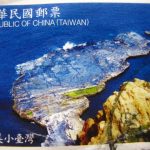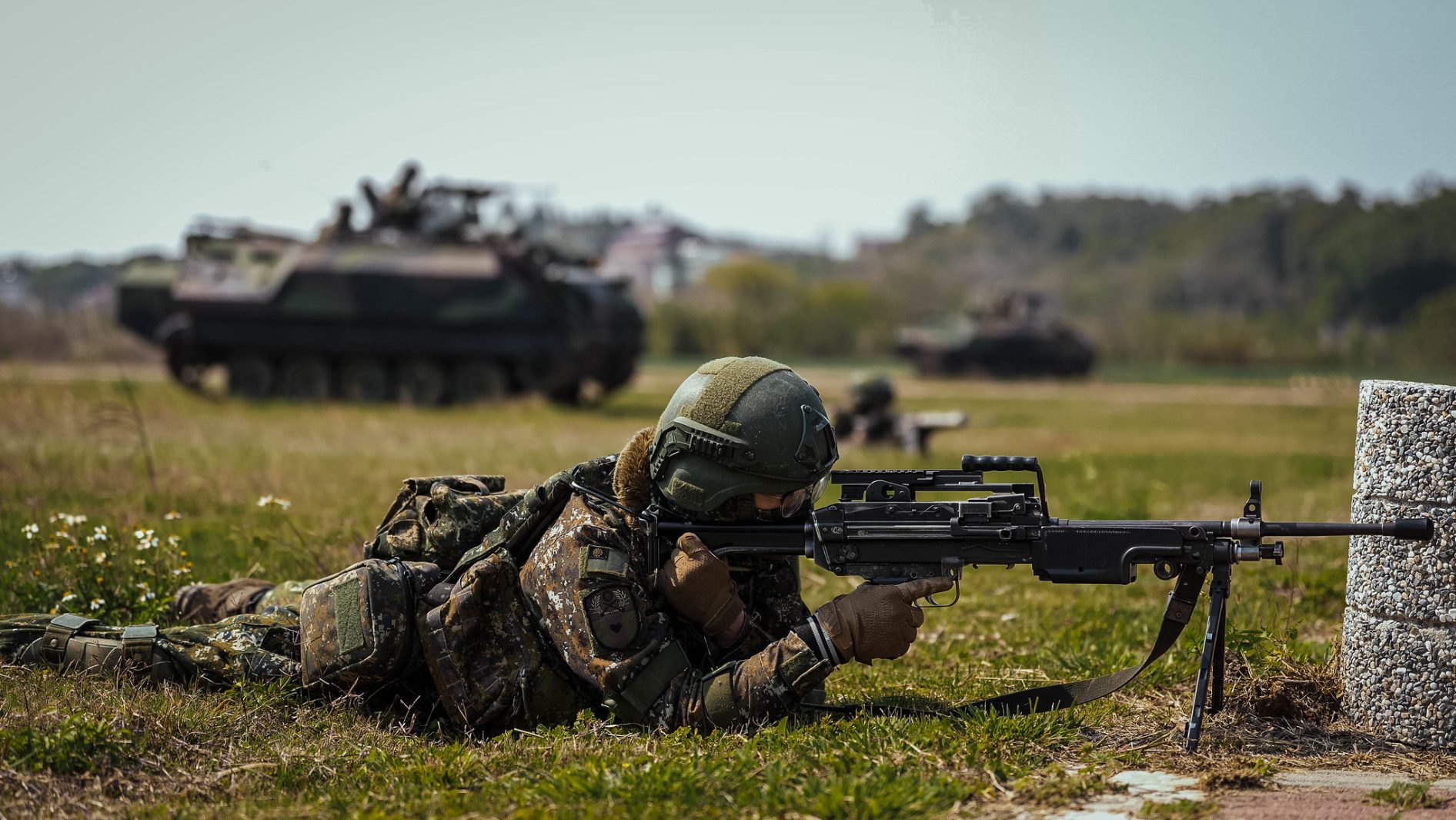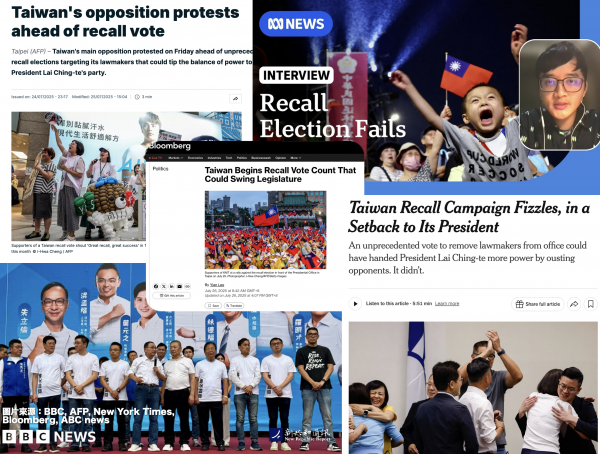台灣國防的關鍵不在於預算數字
作者:林家興,《新共和通訊》聯合創辦人,該單位是一家親中華民國的智庫,總部位於紐約和台北。前國民黨發言人、紐約大學國際關係碩士,目前正在國立中興大學攻讀國際關係博士學位。本文刊載於《The Dipomat》。
台灣的安全議題,往往被簡化為預算數字或政黨之間的口水爭端。諸如亞歷山大·B·格雷(Alexander B. Gray)等評論者所提出的警告確實值得重視——台灣的國防開支不足,台海軍事平衡正向北京傾斜,而美國的支持也非天經地義。
然而,若將討論侷限於預算數字與政治責難,就會忽略更深層的挑戰:台灣將預算和精力錯誤地分配到國內政治上,而不是管理軍事採購項目。
眼下最迫切的事實是:共軍的野心已不限於台灣這座島嶼。中華人民共和國的軍事現代化旨在實現政治秩序的重塑,正朝向與美國海軍在西太平洋平起平坐,甚至凌駕其上的目標邁進。
最迫切的現實是,解放軍的野心不再局限於台灣。的軍事現代化,但不能指望它獨自承擔這一重擔。保衛台灣並非一個狹隘的問題。無論台灣的武器採購計畫和軍事理論多麼雄心勃勃,它們本身都無法對解放軍的系統性崛起構成有效的制衡。
台灣的防衛,不應被視為單一地區的事務。即使台灣的軍購計畫與戰略藍圖再宏大,也不足以單憑一己之力制衡解放軍的系統性崛起。
正如歐洲的安全依賴北約的集體力量,亞洲的穩定也需要多邊協調。鑑於該地區地緣政治的碎片化,類似北約的正式聯盟結構在短期內可能在政治上不切實際。但這並不意味著「多邊思維」的必要性就不存在。在規劃台海突發事件和評估解放軍擴張對地區的影響時,領導人及政策制定者必須抵制要求台灣參與一場難以持續軍備競賽的誘惑——例如要求將其軍事預算增加到GDP的10%以上。這不僅在財務上不負責任,而且在戰略上也是誤導。
相反,美國應該主導將台灣納入更廣泛、制度化的區域韌性網絡。這包括自自動化且安全的情報共享、實際可行的後勤與彈藥協同規劃,以及與主要區域夥伴建立海上安全和海岸防禦訓練的合作框架。就台灣而言,其國防重點必須面向這一多邊戰略,而非讓國防政策陷入國內政黨角力與軍購標案的爭奪之中。
在台灣內部,國防辯論經常聚焦於「預算數字夠不夠」。然而,真正重要的從來不是總額,而是:這筆預算買到了什麼?何時可交付?能否滿足實戰所需?特別是在美國因應烏克蘭與加薩衝突之際,台灣已多次面臨武器交貨延遲的風險,而威脅卻在不斷逼近。
同樣關鍵的,是台灣未來部隊的組成與戰略思維。
雖然飛彈、無人機、海上水雷等「非對稱作戰能力」對台灣這樣地理上較小的島嶼極為關鍵,但台灣不應排除將這些武器與其他常規系統(包括戰鬥機和前線海軍裝備)進行平衡的選擇,這些系統可以支援更廣泛的威懾目標。
過度依賴非對稱武器可能還會釋放出錯誤訊號:對北京而言,這或許代表台灣放棄了過去維持24海浬海空優勢、在灘岸前遏阻敵軍登陸的基本原則,轉而準備進行一場曠日持久的巷戰,並寄望透過平民傷亡與城鎮破壞來損害中華人民共和國的國際形象。
對台灣民眾而言,這種訊號無疑令人沮喪,因為一旦戰火爆發,台灣的城市將有可能重演馬里烏波爾(Mariupol)式的廢墟悲劇,進而動搖全民守土衛國的信心。
此外,這也會影響傳統部隊的士氣。若台灣的空軍飛行員與海軍官兵認為自己將在欠缺數量充分的現代化裝備下迎敵,其戰鬥意志與作戰信心勢必受挫,尤其在共軍快速擴充各類型先進艦機之際,更難免如此。
展望未來,台灣必須保持適應能力和前瞻性。 在9月3日在北京舉行的閱兵式上,預計將展示解放軍的新型平台——可能包括長程無人機、自動化的地面作戰車輛、用於兩棲登陸的機器人載具,乃至於用以癱瘓航母打擊群的水下魚雷系統。如果部署這些系統,不僅是台灣,其地區夥伴也將需要時間重新評估採購策略並更新國防理論。
台灣應避免基於過時的假設倉促下單傳統平台,而應根據解放軍的新興能力,對其未來的軍力結構進行冷靜的重新評估,制定與時俱進的防衛藍圖。
然而,國防不止於裝備,還包括人才、基礎設施與供應鏈韌性。台灣目前最脆弱的環節之一即為能源安全。當前民進黨政府執意拒絕核能,使得台灣嚴重依賴天然氣,而這些天然氣儲備一旦遭受封鎖僅足支撐14天,恐造成經濟與軍事上的癱瘓。
即將於8月23日舉行的公投,預料將通過重啟核三廠(作者按:公投結果,雖然法律上未達門檻,但支持重啟核三相較於反對者是壓倒性的三倍)。這當然是正向的一步,但遠遠不夠。台灣應進一步引入最新一代的小型模組化核反應爐,這類設備不僅安全、分散,亦更符合環保要求,未來應成為負責任防衛戰略中不可或缺的一環。
最後,任何認真思考台灣前景的戰略設計,都必須納入美國國內政治的不確定性。美國外交政策歷來擺盪於介入與收縮之間,這些波動來自於其內部辯論,而非基於對外盟約,台灣無法主導也無從左右。
因此,台灣必須展現出理性節制的行動力,不輕率挑釁,亦不造成讓華府「非自願被捲入」衝突的壓力。透過審慎的決策與戰略克制,台灣方能鞏固美國兩黨對台支持的共識——即視台灣的年輕民主制度為值得捍衛的典範、一個對自由秩序有貢獻的高科技夥伴,以及未來華人世界的希望燈塔。
然而,台灣也須認清一個現實:美國的援助從來不是無條件的。台灣防衛的首要責任,仍落在台灣人民與其軍隊身上,這一責任必須建立於穩健戰略、財政可持續性與可交付的軍購合約之上。
亞歷山大·格雷的警告部分言之有理,但若僅以是否達到某一預算門檻作為國防是否合格的標準,則大大偏離了重點。台灣的未來安全,應建立在以下三項基礎之上:有效融入區域安全架構、因應解放軍不斷變化的軍事能力,以及負責任地處理與美國及其他夥伴的協作關係。
原文:
The key points to Taiwan’s national defense lie beyond budget figures
Author Bio: Alfred Chia Hsing Lin, Co-founder of the New Republic Report, a pro-ROC think Tank based in New York and Taipei.
Former Spokesperson of the Kuomintang (KMT).
MA in International Relations at New York University. He is currently pursuing his Ph.D. in International Affairs at National Chung Hsing University in Taichung.
Taiwan’s security is too often reduced to a number on a spreadsheet or a partisan talking point. Commentators such as Alexander B. Gray have issued valid warnings: that Taiwan’s defense spending remains inadequate, that the balance of power across the Taiwan Strait is tilting toward Beijing, and that American support is not guaranteed. These are legitimate concerns. But the exclusive focus on budget figures and political blame games risks obscuring the far greater challenge: Taiwan’s misallocated budget and energy on domestic politics rather than managing military procurement projects.
The most urgent reality is that the PLA’s ambitions are no longer limited to Taiwan. The PRC’s military modernization is aimed at achieving political reordering, but it cannot be expected to shoulder the burden alone. The defense of Taiwan is not a parochial issue. Taiwan’s arms procurement plans and military doctrine, no matter how ambitious, cannot by themselves pose a credible counterweight to the PLA’s systemic rise.
Just as Europe’s security depends on NATO’s collective strength, Asia’s stability requires multilateral coordination. A formal alliance structure akin to NATO may be politically unrealistic in the short term, given the region’s fragmented geopolitics. But this does not invalidate the need for multilateral thinking. When planning for contingencies in the Taiwan Strait and assessing the regional implications of PLA expansion, leaders must resist the temptation to demand that Taiwan engage in an unsustainable arms race—such as calls to increase its military budget to over 10% of GDP. This is not only fiscally irresponsible; it is strategically misguided.
Instead, the United States should lead efforts to embed Taiwan into a broader, institutionalized network of regional resilience. This includes automated and secure intelligence sharing, joint logistical and ammunition planning, and cooperative frameworks for maritime security and coastal defense training with key regional partners. For its part, Taiwan must orient its defense priorities toward this multilateral strategy—not reduce defense policy to a domestic contest over political credit or procurement contracts.
Inside Taiwan, debate is frequently dominated by a single question: how much money should be spent? But this question misses the point. The critical issue is not the topline budget figure, but what capabilities are acquired, how fast they can be delivered and deployed, and whether they meet Taiwan’s operational requirements in a modern battlefield. Repeated delivery delays—especially in the aftermath of U.S. commitments to Ukraine and the Gaza conflict—have left Taiwan exposed at a time when urgency is rising.
Equally important is the composition of Taiwan’s future force. While asymmetric capabilities such as mobile missile units, sea mines, and drones are indispensable to defending a geographically small island, Taiwan should not exclude the option of balancing these tools with other conventional systems—including fighter aircraft and frontline naval assets—that support broader deterrence goals.
Overcommitting to asymmetric warfare may send an unintended message. To Beijing, it might suggest that Taiwan has abandoned its longstanding goal of maintaining air and naval superiority within 24 nautical miles of its coastline—and is instead preparing for a prolonged urban war, hoping to impose reputational costs on the PRC through civilian destruction and international condemnation. To Taiwan’s own people, it could imply that in the event of invasion, entire towns may suffer Mariupol-style devastation, shaking public confidence in the value—and feasibility—of national defense.
Such a posture would also undermine morale within Taiwan’s conventional forces. If pilots and naval officers believe they will be sent into battle without adequate platforms or modernization plans, their willingness to fight and sustain operational effectiveness will erode—especially as the PLA’s fleets of modern warships and advanced aircraft continue to expand.
Looking ahead, Taiwan must remain adaptive and forward-looking. The September 3 military parade in Beijing is expected to unveil new PLA platforms—probably including large long-range drones, autonomous land vehicles, amphibious robotic units, and underwater systems designed to neutralize aircraft carriers. If these systems are deployed, not only Taiwan but also its regional partners will need time to re-evaluate procurement strategies and update defense doctrines. Taiwan should avoid placing hasty orders for legacy platforms based on outdated assumptions, and instead pursue a sober reassessment of its future force structure in line with emerging PLA capabilities.
Military preparedness, however, extends beyond equipment. Taiwan also needs trained personnel, resilient infrastructure, and secure supply chains. One of the island’s greatest vulnerabilities is energy security. By phasing out nuclear energy, the current DPP government has left Taiwan dependent on natural gas supplies that would last only 14 days in a crisis, making it dangerously exposed to economic and military coercion.
A national referendum on August 23 is expected to support restarting Taiwan’s Third Nuclear Power Plant. While welcome, this is only a first step. Taiwan must go further: embracing advanced small modular nuclear reactors, which offer safe, decentralized, and environmentally friendly power solutions. Such systems are not only pragmatic—they are essential to a modern defense strategy.
Finally, any serious strategic calculus of Taiwan must account for American domestic politics. U.S. foreign policy has historically oscillated between global engagement and retrenchment. These pendulum swings are driven by domestic debates, not alliance obligations, and are beyond Taiwan’s control.
In this context, Taiwan must demonstrate that it is not a reckless actor, and that it will not trigger crises that pull Washington unwillingly into conflict. By exercising strategic restraint and prudent decision-making, Taiwan can help preserve the bipartisan consensus in the United States—a consensus that views Taiwan’s democracy as a model worth protecting, a reliable high-tech powerhouse that benefits the liberal order, and a beacon of hope for Chinese-speaking communities in the future.
But Taiwan must also recognize a hard truth: U.S. support is not unconditional. The primary burden of defense lies with the Taiwanese people and their military. And that defense must be grounded in sound strategy, fiscal sustainability, and timely, deliverable procurement commitments.
Alexander Gray is right to caution against complacency. But the solution is not to chase arbitrary spending thresholds. Taiwan’s future security depends on its ability to integrate into regional strategies, adapt to evolving PLA capabilities, and manage its cooperation with the United States and its partners responsibly.



















【一份重構國民黨的新時代倡議:《藍晒圖》 新書發表會。】